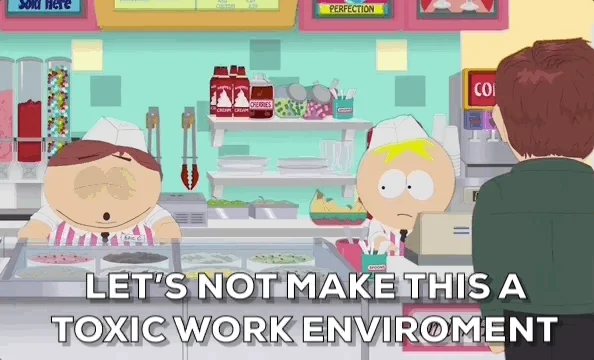
Think bullying in the workplace is not very common? Think again.
Bullying heavily features in workplaces everywhere around the globe.

Picture this: Sarah, a dedicated employee, walks into the office on a Monday morning, feeling motivated for the week ahead.
However, as the day progresses, she repeatedly faces derogatory comments from her boss and cold shoulders from her colleagues. This isn’t a one-off occurrence but rather a distressing routine.
Like Sarah, many endure a toxic work atmosphere due to bullying of varying types.
Bullying by your boss
When your boss is a bully, it can make work feel really bad. This bullying can happen in different ways.
Verbal Abuse: Your boss often makes fun of or embarrasses you in front of others. They use mean and hurtful words.

Excessive Criticism: Your boss is always finding small mistakes in your work, expects too much, and only talks about what you do wrong, not what you do right.

Isolation and Exclusion: Your boss leaves you out of important meetings or projects, making you feel alone and not important.

Bullying by colleagues
Bullying from colleagues can create a hostile work environment. Look out for these signs:
Persistent criticism: Colleagues constantly criticize your ideas or work, often without constructive feedback, solely to undermine your confidence.

Spreading rumors: Colleagues engage in gossip, spreading false information about you, which can damage your reputation and relationships within the workplace.

Social Exclusion: Colleagues deliberately exclude you from social activities, group discussions, or team bonding, making you feel isolated and unwelcome.

Set up a bullying-free workplace

Make work a respectful place: Treat everyone fairly and value different ideas. Work well in teams and listen to each other.
Know the rules: Learn about what counts as bullying at work. It's important to understand what's not okay.
Learn and share: Join workshops about handling tough situations and respecting others at work. Share what you learn with your team.

4. Speak up safely: If you see bullying, report it without fear. There are private ways to do this, like going to the human resources (HR) team.
5. Lead the way: If you're in charge, set a good example. Stop bullying if you see it.
6. Keep talking: Always be ready to talk and listen, whether with coworkers or bosses.

7. Fair investigations: If someone reports bullying, investigations should be conducted fairly, privately, and promptly.
8. Solve problems together: If there's a conflict, try to work it out together. Ask for help if you need it.
9. Balance work and life: Your job shouldn't take over your life. There should be flexible hours and support for your well-being.

Remember, a good workplace is where everyone feels safe and respected. If you're facing bullying, reach out for help.
Quiz
Sarah observes her manager frequently criticizing and isolating her colleague, Rasheed, during team meetings. Rasheed seems distressed. What should Sarah do to address this issue effectively?
What to do if you witness bullying
Taking action against bullying is crucial to foster a healthy, respectful, and productive work environment. Here are some steps you can take:
Educate: Inform all team members about what bullying entails and its negative impacts.
Intervene: If you witness bullying, act by either confronting the bully or reporting the incident to a supervisor.
Document: Keep detailed records of bullying incidents, noting dates, times, and involved parties.
Seek professional advice: Seek guidance from HR or workplace conflict experts for legal and professional handling of the situation.
Create support networks: Join or create groups for sharing experiences and coping strategies, fostering community support.

Take Action

To effectively address bullying in the workplace, you should:
Your feedback matters to us.
This Byte helped me better understand the topic.
